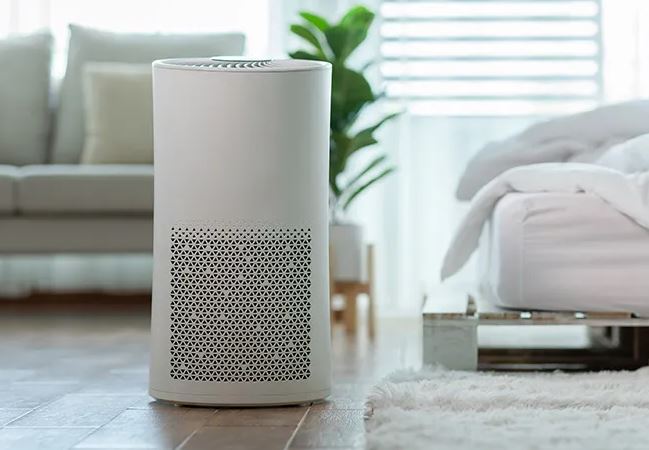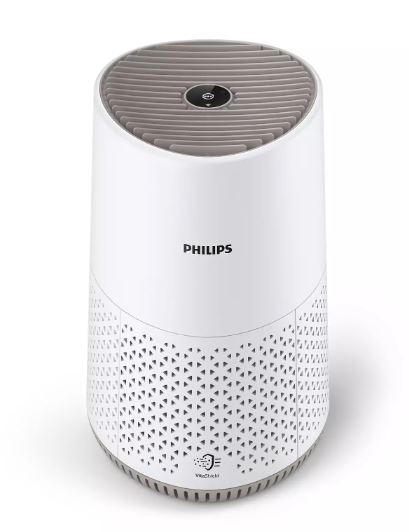Air Purifiers for Pet Owners: Say Goodbye to Dander and Odor
Air Purifiers for Pet Owners: Say Goodbye to Dander and Odor
Blog Article
In an era of heightened health awareness, the quality of the air we breathe has become a prominent focus for many people. With rising pollution levels and a greater awareness of the effects of indoor pollutants on our health, it's no surprise that the air purifier market is booming.
Air purifiers are appliances that remove contaminants from the air in a space, promoting healthier indoor air. They are particularly beneficial for those with allergies, asthma, or respiratory concerns as they can significantly reduce the amount of allergens, pollutants, and irritants in the air. Even healthy individuals can benefit from air purifiers, as they give added assurance and protect against airborne pathogens.
This article will delve into the intriguing world of air purification, examining their advantages, the array of models available, crucial aspects to think about when making a purchasing decision, and how to get the most out of your device. By the end, you should have a comprehensive understanding of air purifiers and be able to make an informed decision about whether investing in one is the right choice for you and your family.

Understanding Air Pollutants and Their Effects on Well-being
To appreciate the value of air purifiers, it's vital to understand the types of pollutants they target and the likely impact of contact with these pollutants.
Indoor air pollutants can be broadly categorized into three primary types:
- Particulate Matter: This includes solid particles and liquid droplets present in the air. Examples include pollen, smoke, dust, pet dander, and mold spores, to name a few. Particulate matter can cause respiratory issues and trigger allergic reactions.
- VOCs: A Concern for Indoor Air: VOCs are gaseous compounds released from solids and liquids. Sources of VOCs include cleaning agents, paints, aerosol sprays, pesticides, and similar products. Exposure to VOCs can lead to irritation of the eyes, nose, and throat, as well as headaches and nausea.
- Biological Hazards: These include microbes such as bacteria, viruses, mold spores, and mildew. They can cause a spectrum of health concerns, from allergy symptoms to more serious health risks.
The consequences of exposure on human health can differ considerably. For people with respiratory issues or a vulnerable immune system, exposure to indoor air pollutants can lead to severe complications. Even those in good health, long-term exposure to certain pollutants can contribute to the development of respiratory issues and other health problems over time.

The Science Behind Air Purifiers
Air purifiers use a range of physical and chemical mechanisms to capture and remove pollutants from the air. Understanding the underlying principles employed by purifiers will help you understand their efficiency and the different types available on the market.
Here are the key processes and technologies used in air purifiers:
- Mechanical Filtration: This is the predominant technique used in air purifiers. It involves using filters to trap particles as air is forced through the purifier. The filters can be made from various materials, each designed to trap particular particle types. For example:
- Pre-filters: The First Line of Defense: These are usually the initial barrier, capturing larger particles like hair and dust.
- HEPA Filtration: Unparalleled Performance: HEPA filters are remarkably proficient at trapping tiny particles, including dust mites, pollen, bacteria, and viruses. To be labeled a true HEPA filter, it must effectively capture particles as small as 0.3 microns, with a minimum efficiency of 99.97%.
- carbon filtration: These filters are designed to effectively remove odors, VOCs, and gaseous compounds.
- The Power of Ionization: Ionizers use electricity to create ions with a negative charge, which attach themselves to particles in the air. The charged particles are drawn to nearby surfaces or the purifier itself.
- Ozone: A Powerful Purifier: Some air purifiers use ozone as a potent disinfectant to destroy contaminants. While effective, ozone is a respiratory irritant so these types of purifiers should be used with moderation and in well-ventilated areas.
- Ultraviolet (UV) Light: UV light can be used to destroy biological contaminants like bacteria, viruses, and mold spores. UV light is commonly paired with filtration to capture particles first, followed by UV light to neutralize any remaining biological threats.
Selecting the Perfect Purifier
With a wide array of options available, selecting the ideal air purification system can be a daunting task. It's important to consider several factors to ensure you make the right choice for your unique requirements and space.
Here are some essential factors to weigh:
- Considering Room Size: Air purifiers are typically designed for specific areas, so it's important to choose a model that can efficiently purify the air in the designated space. Most purifiers will list a suggested room size or CADR rating, which indicates the rate at which it can deliver clean air.
- Understanding Contaminants: Identify the types of pollutants you want to target. If you suffer from allergies, look for a purifier with a HEPA filtration system. For eliminating odors, consider a model with a carbon-based filter. If you're concerned about bacteria and viruses, a purifier with UV light disinfection might be best.
- Whisper-quiet Performance: Air purifiers can produce different noise levels, so if you plan to use it in a quiet bedroom or tranquil space, look for models with a low-noise or sleep mode.
- Maintaining Performance: Consider the long-term expenses and upkeep of the purifier. HEPA filters generally require replacement every 6 to 12 months, depending on use and environmental factors. Factor in the cost of replacement filters when making your choice.
- Enhancing Your Experience: Many purifiers offer smart features like air quality sensors, automatic modes, and Wi-Fi connectivity, allowing wireless control and real-time data. These features can improve your purifier's performance and ease of use.
Unlocking the Full Potential of Your Air Purifier
Once you've made your selection and installed it, there are several things you can do to ensure it operates at maximum efficiency and delivers the maximum benefits:
- Optimal Placement: Position your purifier in an open area, away from walls and furniture, to ensure efficient air circulation. Avoid placing it near windows or doors as drafts can interfere with its performance.
- Consistent Use: For the best results, it's recommended to run your purifier regularly. Many models have energy-saving features or smart modes that adjust the fan speed based on air quality, so you can maintain healthy air quality while conserving energy.
- Maintain the Filters: Regularly adhere to the recommended filter replacement schedule. Over time, filters become filled with trapped particles, impacting performance. Schedule filter replacements so you don't forget.
- Minimize Indoor Pollutants: Alongside using an air purifier, take steps to limit indoor contaminants. This could include frequent dusting and vacuuming, opting for natural cleaning solutions, and reducing chemical or aerosol usage. Report this page